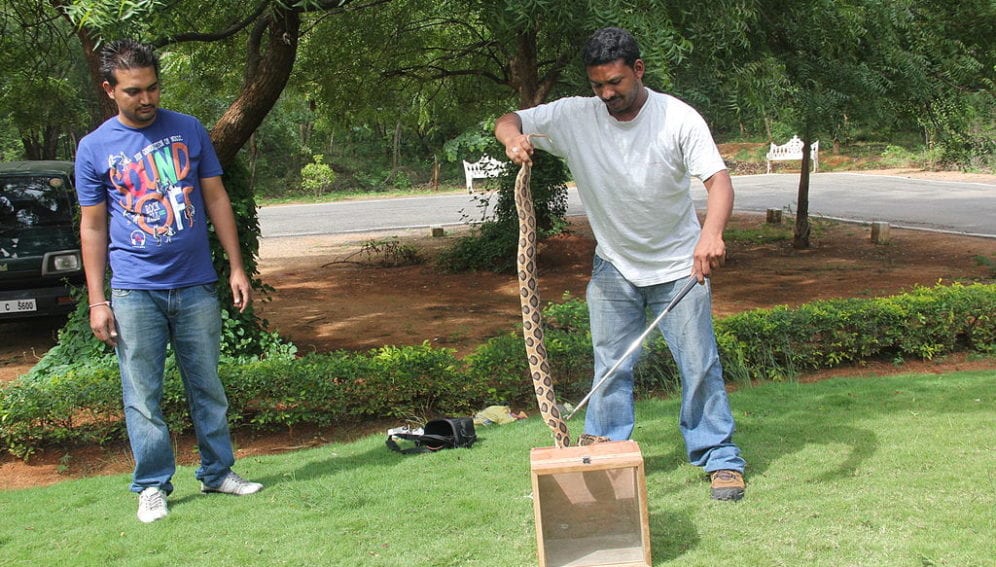Send to a friend
The details you provide on this page will not be used to send unsolicited email, and will not be sold to a 3rd party. See privacy policy.
[THIRUVANANTHAPURAM] A herb, long used in traditional Indian Ayurvedic medicine to treat snakebite, has been proven in studies on chick embryos to contain compounds that can neutralise viper venom, says a new study.
Researchers at the Kerala University (KU), Thiruvananthapuram, found that the root extract of Ophiorrhiza mungos — locally known as mongoose plant — can neutralise the venom of the Russel’s viper (Daboia russelii). They published the results of their study last month (January) in the Journal of Ethnopharmacology.
Endemic to the forests of India's Western Ghats, O. mungos has traditionally been used by Ayurveda practitioners in India to treat viper venom. Vipers and their sub-species are found across the world, except Australia and islands like Ireland, Madagascar and New Zealand.
Anaswara Krishnan, lead author and researcher at the KU’s department of zoology, explained to SciDev.Net that six-day-old chick embryos were used to avoid causing suffering to higher mammals normally used in laboratory experiments.
Chick embryos are similar to human embryos at the cellular and molecular levels and are also easy to handle and observe. About 150 of them were used in the viper venom neutralisation tests.
“Despite the widespread use of modern serum therapy, a lot of people in southern India prefer traditional ayurvedic medicines to treat snakebites because they are known to be effective, have fewer side-effects and have cultural acceptability,” she adds.
"The viper is responsible for most fatal snakebite cases in southern India, but there are other poisonous snake species and there are ayurvedic antidotes for their venom as well,” she says.
Dileep Kumar, researcher at the centre for venom informatics at KU and co-author of the study, tells SciDev.Net that advanced research methods using bioinformatics were deployed to identify and scientifically validate O. mungos and 12 other medicinal plants for anti-snake venom properties.
Doses, in various proportions of snake venom and root extract, were applied externally on the yolk sac which has normal blood circulation and an embryonic heart, but no developed nervous reflex system to experience pain. “The arrest of the beating heart provides a clear end point for lethality testing,” Kumar says.
The next step is to design drugs for clinical trials using O. mungos root extract, says Achuthsankar Nair, director of the centre of excellence in ayur-informatics and computer-aided drug design at KU. “We will be using computer-based methods,” he says.
"Scientific validation of anti-venom drugs is important for us," says Manju Sivaramakrishnan, professor at the Government Ayurveda College, Thiruvananthapuram. "Although traditional healers have been using herbs like keeri pacha successfully, we cannot administer them here without scientific validation. We are awaiting the results of the clinical trials."
According to the American Society of Tropical Medicine and Hygiene, about 250,000 snakebite cases are reported in India each year, of which about 46,000 are fatal. However, actual case numbers are believed to be higher since most occur in the remote rural areas and go unreported.
Link to abstract in the Journal of Ethnopharmacology














